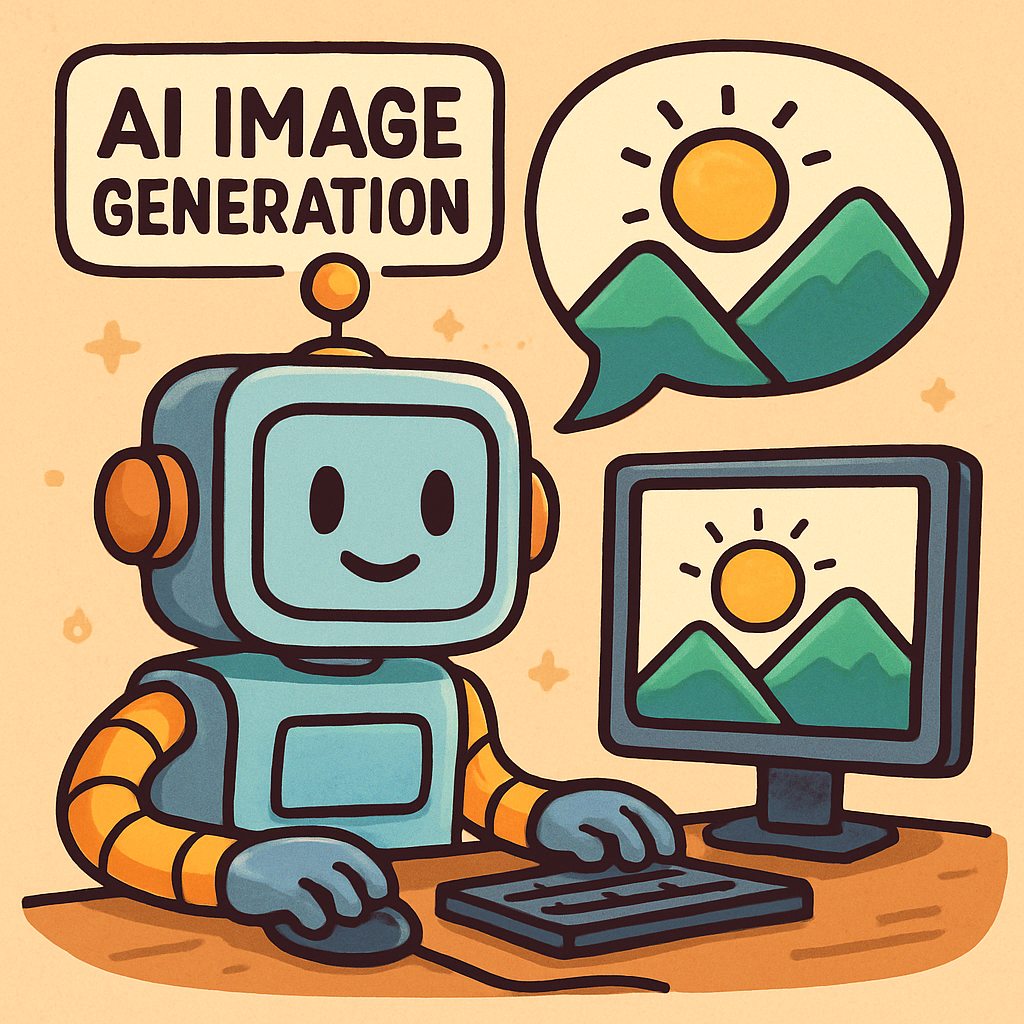 Welcome to this lesson on AI image generation. In this session, you will explore how artificial intelligence can be used to create images based on textual descriptions. This lesson is designed to provide you with a foundational understanding of image generation techniques.
Welcome to this lesson on AI image generation. In this session, you will explore how artificial intelligence can be used to create images based on textual descriptions. This lesson is designed to provide you with a foundational understanding of image generation techniques.
In this lesson you will learn the principles of AI-generated images, the role of prompts in guiding the AI, and how to utilise free online tools to produce your own creations. It is important to approach this activity with responsibility, ensuring that AI is employed as a tool for positive creativity and not for any form of harm or misinformation.
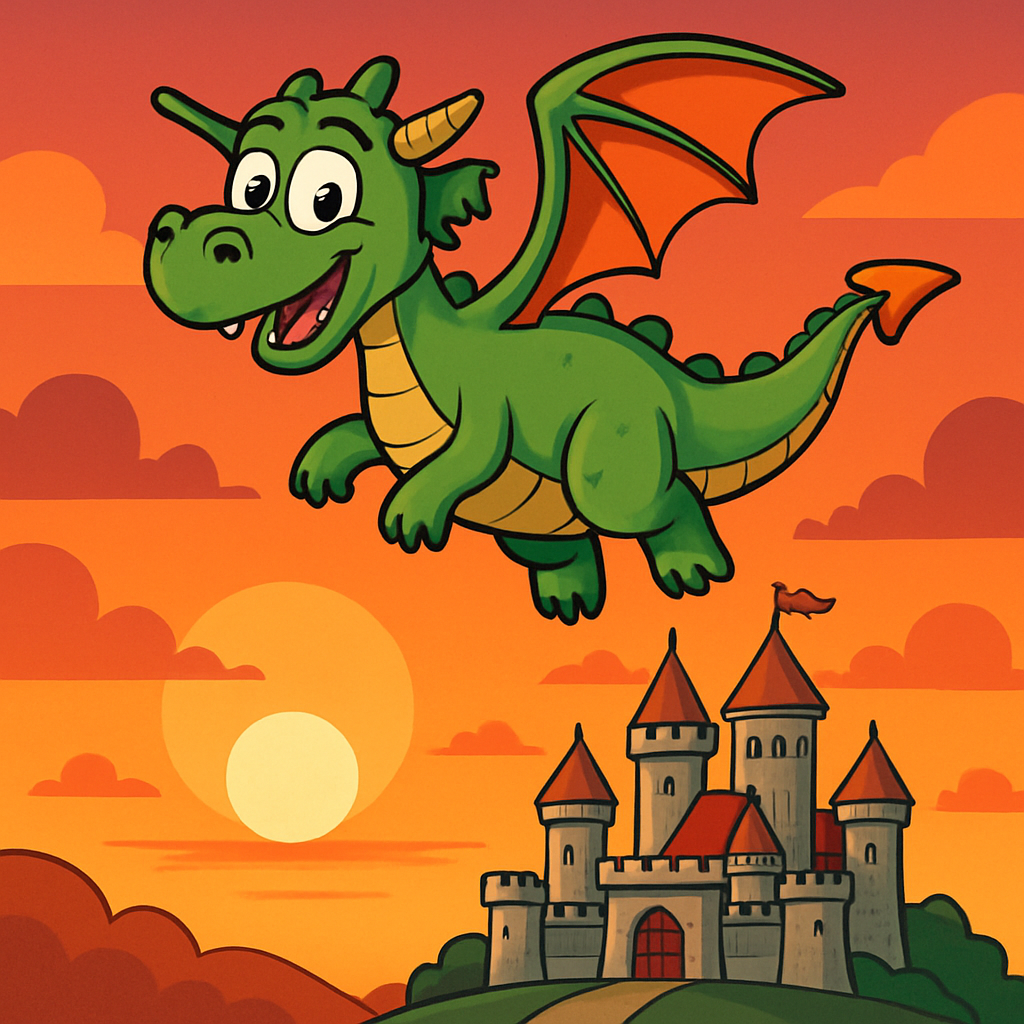 AI-generated imagery refers to visual content produced by artificial intelligence systems, rather than through traditional methods such as human illustration or photography. These systems employ advanced algorithms that have been trained on extensive datasets of images to generate new visuals based on user inputs.
AI-generated imagery refers to visual content produced by artificial intelligence systems, rather than through traditional methods such as human illustration or photography. These systems employ advanced algorithms that have been trained on extensive datasets of images to generate new visuals based on user inputs.
Artificial intelligence models, such as those used in image generation, analyse patterns, styles, and elements from millions of existing images during their training phase. When provided with a description, the AI combines these learned elements to create original images.
For instance, if you describe "a cartoon image of a dragon flying over a castle at sunset", the AI interprets the text and constructs a corresponding visual representation. 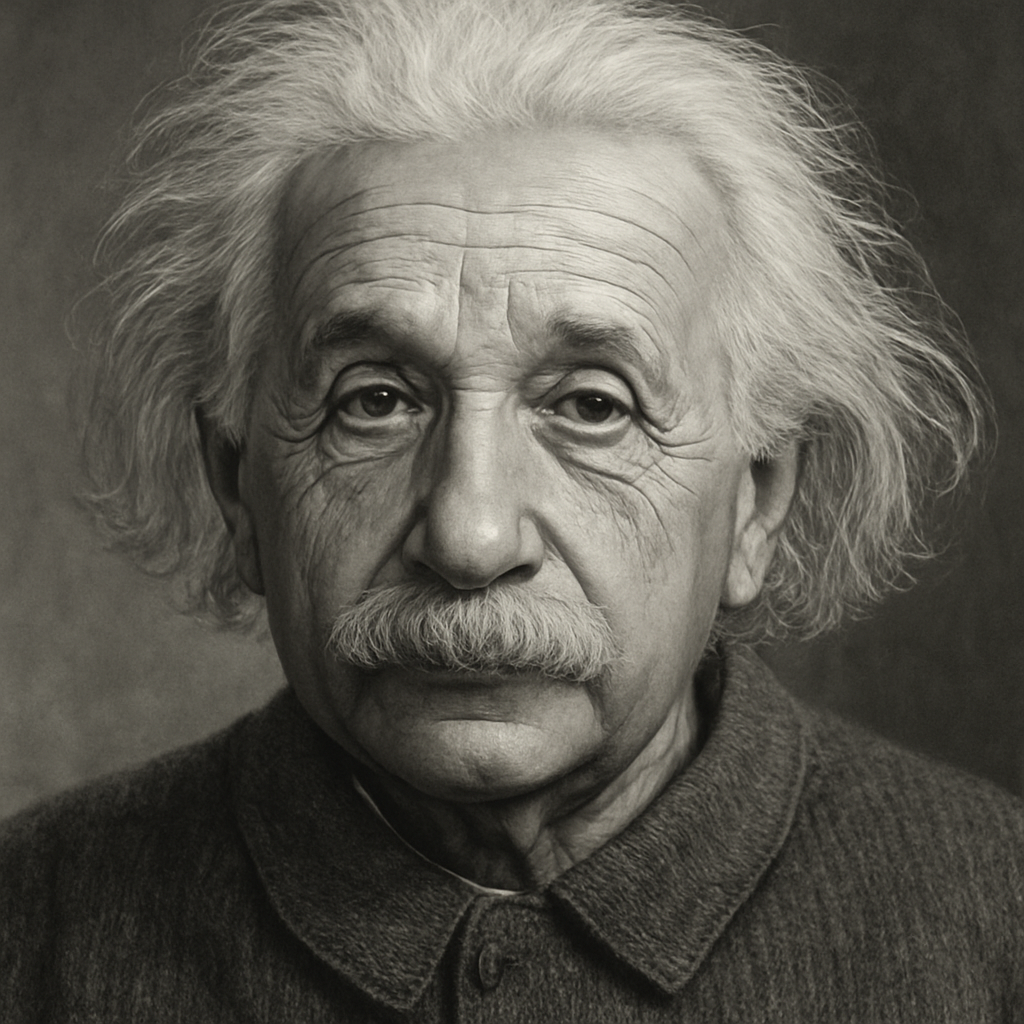
Another example: if you asked for "a portrait of Albert Einstein", the AI could use its understanding of his likeness to generate a realistic or stylised image — even one that never existed before.
This process is akin to an automated artist that responds to textual instructions, producing results efficiently and creatively. Importantly, the AI does not directly copy existing works but synthesises new compositions from its trained knowledge.
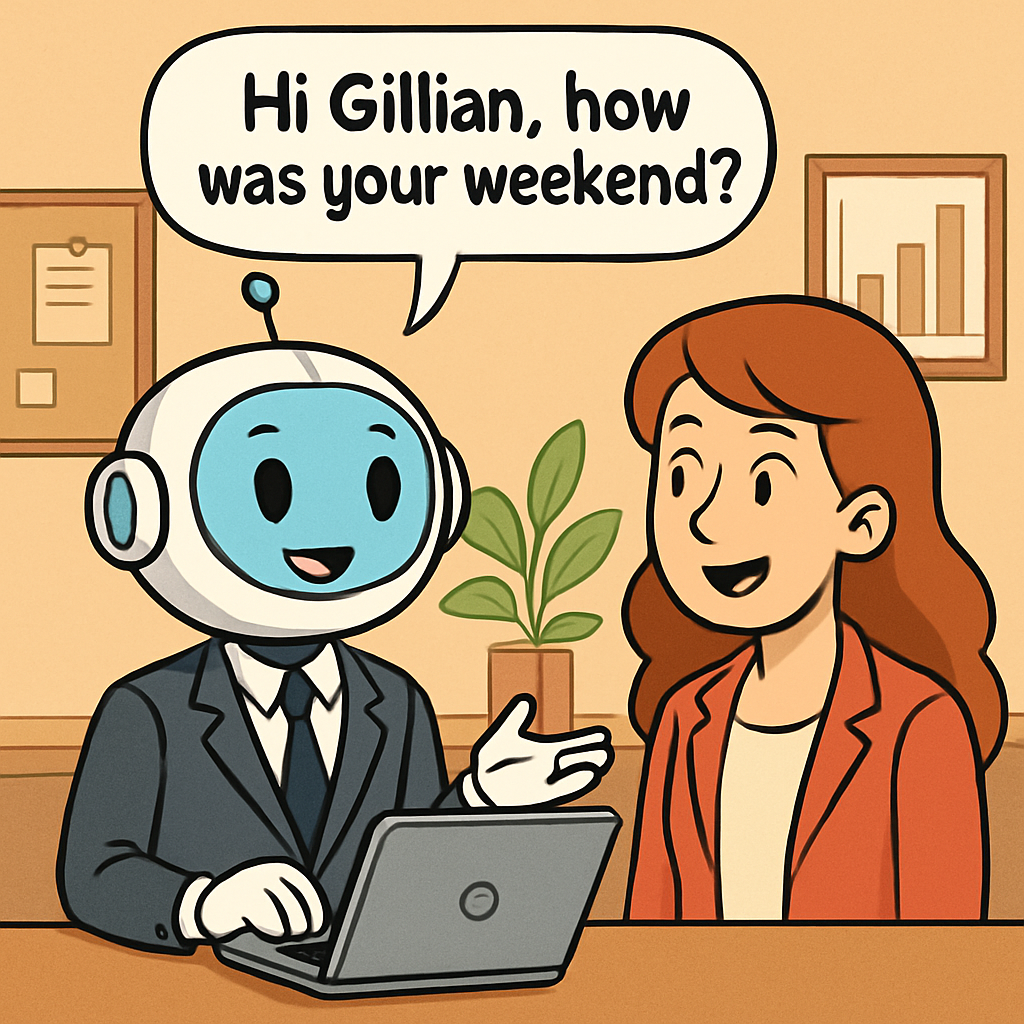 AI image generation has numerous applications in the real world, enabling individuals and organisations to create visual content rapidly and innovatively. This technology is transforming various industries by providing efficient tools for visualisation and design, while encouraging creative expression.
AI image generation has numerous applications in the real world, enabling individuals and organisations to create visual content rapidly and innovatively. This technology is transforming various industries by providing efficient tools for visualisation and design, while encouraging creative expression.
Below are some formal examples of how AI-generated images are utilised in professional settings. These demonstrate the practical benefits of the technology, such as cost savings, time efficiency, and enhanced creativity.
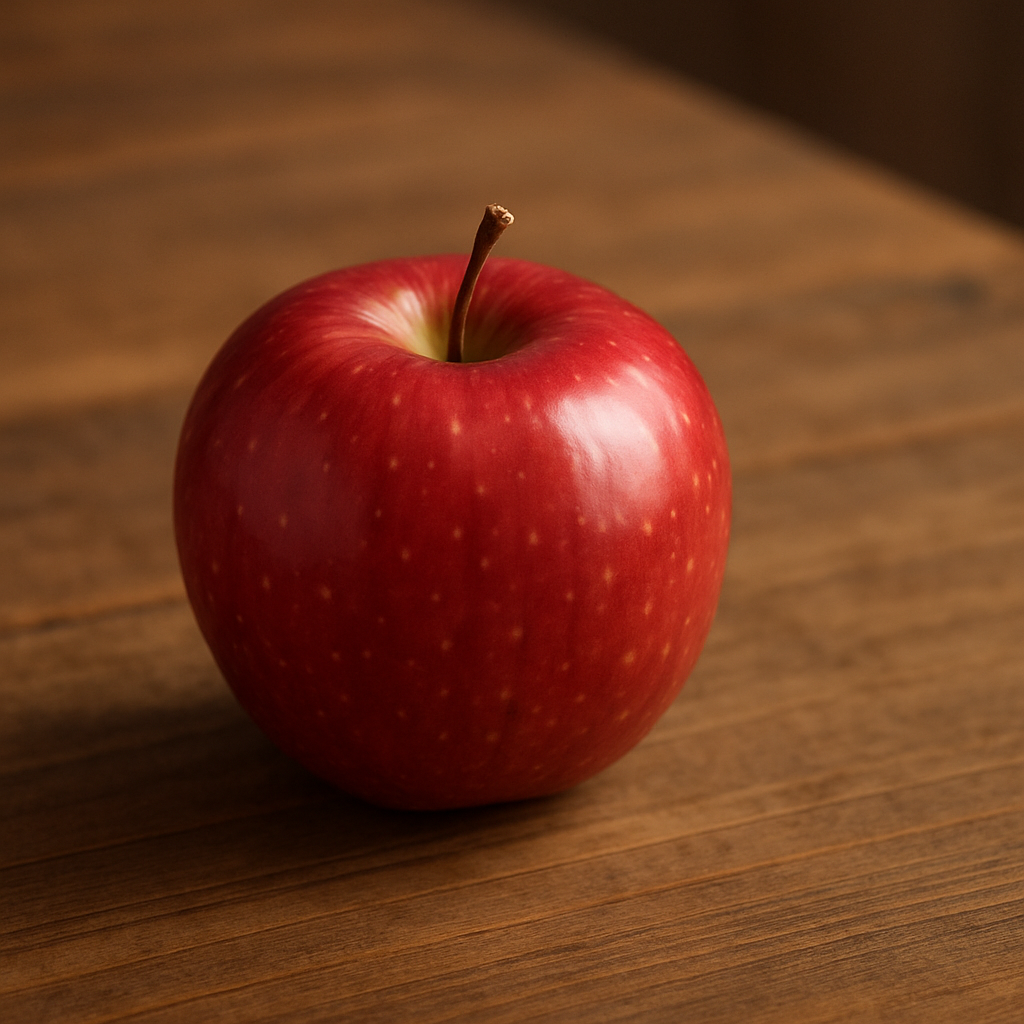 In AI image generation, a prompt serves as a textual description or set of instructions that guides the artificial intelligence in creating an image. It is typically composed of one or more sentences that specify the desired visual elements, style, and composition.
In AI image generation, a prompt serves as a textual description or set of instructions that guides the artificial intelligence in creating an image. It is typically composed of one or more sentences that specify the desired visual elements, style, and composition.
A prompt functions as the primary input for AI image generation tools. It communicates your vision to the AI, which then interprets the words and generates a corresponding image. The clarity and specificity of the prompt directly influence the accuracy and quality of the output.
Consider the following example of a basic prompt:
In this case, the AI would analyse the description and produce an image that matches the specified object, colour, and setting.
For a more complex prompt:
This prompt provides additional details about the scene, atmosphere, and time of day, enabling the AI to create a more detailed and evocative image.
AI tools for image generation are trained on vast datasets that include both images and associated textual descriptions. This training allows the AI to understand natural language and translate it into visual representations. When you submit a prompt, the AI processes the text using advanced algorithms to synthesise an original image. The effectiveness of the result depends on the prompt's precision; a well-structured prompt yields more reliable and impressive outcomes.
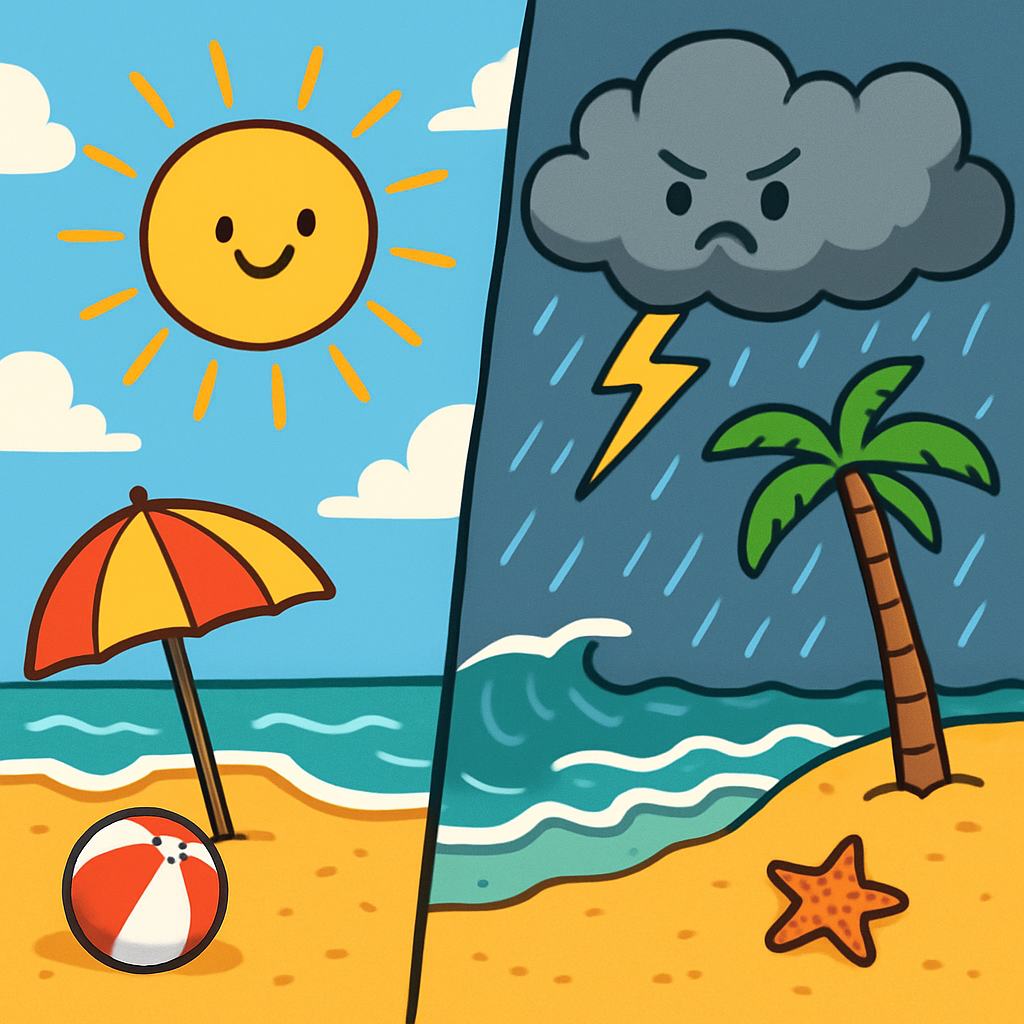 The level of detail and structure in your prompt significantly influences the output of an AI-generated image. A vague or general prompt may lead to unpredictable or varied results, whereas a precise and detailed prompt is more likely to produce an image that closely matches your intended vision.
The level of detail and structure in your prompt significantly influences the output of an AI-generated image. A vague or general prompt may lead to unpredictable or varied results, whereas a precise and detailed prompt is more likely to produce an image that closely matches your intended vision.
To illustrate this concept, consider the following examples:
By incorporating additional descriptors, such as colours, actions, environments, or styles, you can guide the AI more effectively towards the desired outcome.
A small change in wording can alter the entire composition and mood of the generated image. The table below demonstrates how modifying one word in a prompt affects the result:
| Original Prompt | Modification | Expected Change in Result |
|---|---|---|
| A sunny beach | Change 'sunny' to 'stormy' | The scene shifts from a bright, calm atmosphere to a dark, turbulent one with rough waves and overcast skies. |
| A red car | Change 'red' to 'blue' | The vehicle's colour changes, which may also influence the overall mood or perceived style of the image. |
| A peaceful forest | Change 'peaceful' to 'mysterious' | The lighting and elements adjust to create an enigmatic feel, perhaps with fog or shadows instead of open, serene paths. |